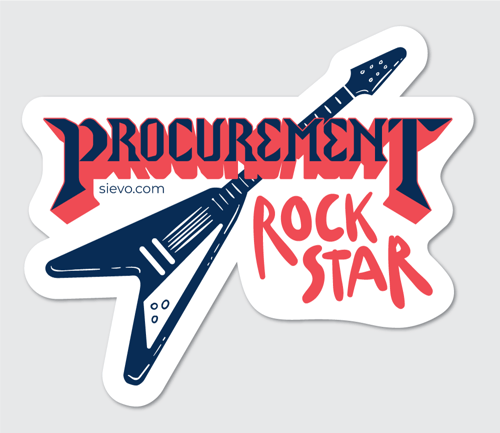Direct spend in procurement refers to goods and services directly related to making products or serving end customers. Examples of direct spend include raw materials, components, hardware, and services used in the core business operations.
Indirect spend in procurement refers to goods and services that are not directly related to manufacturing products or core business processes. Indirect procurement enables companies to maintain and develop their operations.
Besides the different nature of goods and services in these spend categories, they also have different spend management practices. In this article, we'll address the key differences.
Main differences in managing direct and indirect spend
From organizational setup to the tools and technology necessary, indirect and direct spend management vary greatly.
Organizational setup
Direct spend is managed by a centralized procurement team, in which category managers specialize in certain areas of spend, i.e., goods and materials.
Indirect spend management is typically scattered across the organization. Centralizing indirect spend and establishing frame agreements improve efficiency and compliance and provide cost savings.
Centralized, decentralized, or center-led procurement: Which model best fits your needs?
Stakeholder management
Procurement can learn a lot by asking questions and collaborating with its stakeholders and industry peers. Direct procurement stakeholders are often market experts with a vast understanding of product specifications and available suppliers. Sourcing and contracting are collaborative processes where stakeholders provide valuable input.
Indirect procurement stakeholders have varying backgrounds and maturity regarding their supply market knowledge. Indirect stakeholders should not be underestimated, but be prepared that some may require more guidance and support.
Some may have agency backgrounds themselves and strong preferences in vendor selection. Be sure to align on needs and win them over!
Requirements
Direct spend often has detailed specifications. There are industry standards and established service levels. Indirect spend typically has diverse requirements generated by many stakeholders across different functions.
Multiple preferred vendors may suit the local needs and service requirements. The service level agreements are often customized for each customer based on their needs and industry requirements.
Link contract data with your spend to get more value!
Supplier management
Direct spending impacts production schedules, business continuity, and quality. Therefore, direct procurement should invest time building close supplier relationships with joint forecasting.
Indirect spend can be scattered, with multiple suppliers for similar services. Procurement should focus on supplier consolidation, spend management, and educating buyers on purchase policies in such categories.
Some areas of indirect spend are strategic, have long relationships, and have a high impact on business development. Such categories should not be neglected but managed systematically to maximize relationship value for both parties.
Both categories should segment their suppliers and focus their efforts on key and strategic suppliers. In direct procurement, volume and bottleneck suppliers may be just as critical for the business.
Performance development
Investing time in relationship building and performance management can reveal efficiency and quality improvement opportunities in both categories. Direct performance metrics could include quality against specifications, on-time delivery, and invoice accuracy.
Indirect performance metrics could consist of user adoption, service availability, ROI, and efficiency improvement.
Visit this Complete List of Procurement KPIs for steering performance!
Forecasting and inventory management
Direct procurement needs are well known and driven by customer demand, whereas indirect spend needs depend on many circumstances. For direct, having the right amount of goods and materials in stock is critical to prevent delays and enable a smooth production process.
Indirect spend is often generated by a challenge or a problem, and there is less inventory management involved. Indirect categories can learn inventory and demand management from direct categories.
Improving demand forecasting and two-way communication with the suppliers can improve user experience and mitigate off-contract buying when the required services or goods are available.
Technology
Spend analytics enables both categories to get visibility into their spending, seek cost savings and allow better value for money.
Direct spend technologies focus on demand planning, purchase order automation, warehouse level optimization, material forecasting, and delivery performance. Such technologies support operations planning and budgeting accuracy. Materials forecasting is critical for predicting the future profitability of your business.
Indirect spend technologies often emphasize consolidating suppliers, simplifying purchase processes for non-procurement users, and securing compliance. Enabling intuitive user experience supports user adoption. Corporate systems should be as easy to use as eCommerce solutions people are accustomed to using.




